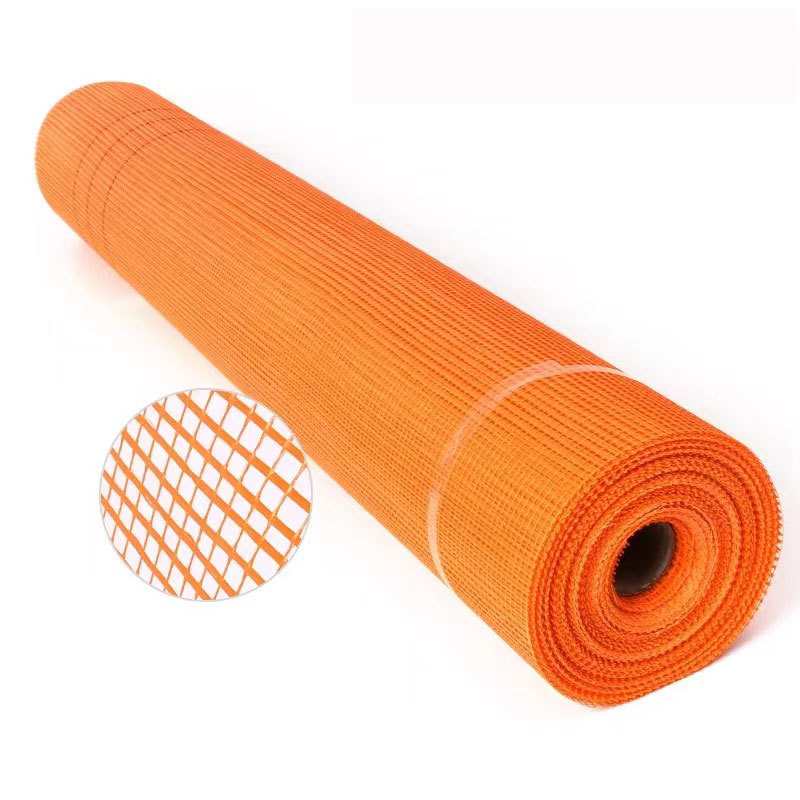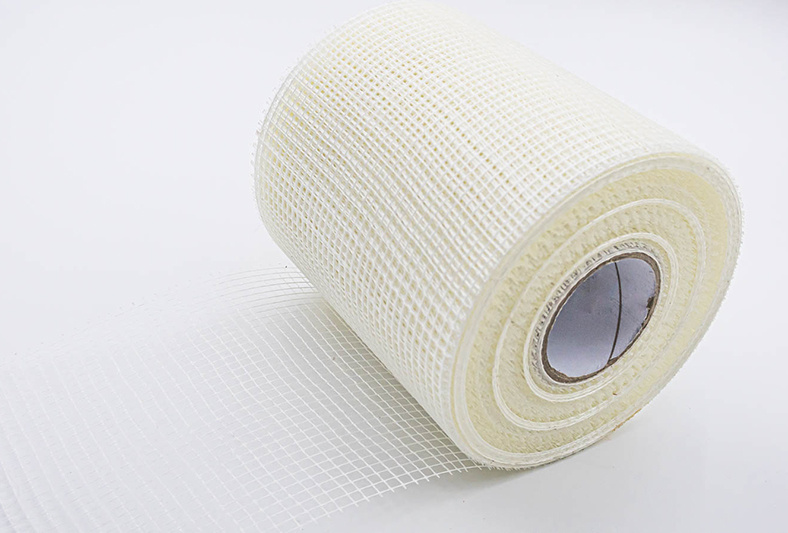Welcome To Hebei Xiongan Hengyun Technology Co., Ltd.
 Esperanto
Esperanto
 Shqiptare
Shqiptare
 Euskara
Euskara
 Zulu
Zulu
 Latinus
Latinus
 Cymraeg
Cymraeg
 தமிழ்
தமிழ்
 Slovak
Slovak
 Slovak
Slovak
 Afrikaans
Afrikaans
Fiberglass Mesh: The Essential Reinforcement for Modern Construction
2025-06-30
Fiberglass Mesh: The Essential Reinforcement for Modern Construction
Fiberglass mesh is a fundamental engineered material revolutionizing construction, renovation, and composite manufacturing. This lightweight, flexible fabric, woven from continuous glass filaments and coated for performance, acts as a hidden reinforcement skeleton. It provides critical strength, stability, and crack prevention across diverse applications, outperforming traditional materials like metal lath or chicken wire due to its unique combination of properties.
I. Core Composition and Manufacturing
Fiberglass mesh begins with raw materials like silica sand, limestone, and soda ash. These are melted at extremely high temperatures, typically around 1400°C (2550°F). The molten glass is extruded through fine bushings to form continuous filaments, thinner than a human hair. These filaments are gathered into strands, coated with a protective sizing agent, and then woven on specialized looms into open-grid fabrics. Crucially, for construction use, the mesh is coated with an alkali-resistant compound. This coating is essential because the highly alkaline environment of cement-based plasters, renders, and mortars would rapidly degrade unprotected glass fibers. Mesh specifications are defined by weight per square meter and mesh size, determining its strength and suitability for specific tasks.
II. Key Properties Driving Adoption
-
Exceptional Tensile Strength: Despite its lightness, it offers remarkable resistance to pulling forces, enabling effective crack prevention in finishes.
-
Alkali Resistance: The specialized coating allows it to withstand the harsh pH of wet cement and plaster without corroding, ensuring long-term durability.
-
Dimensional Stability: It does not shrink, stretch, or warp significantly with temperature or humidity changes, maintaining integrity within the applied system.
-
Lightweight and Flexible: Easy to handle, cut, and conform to complex shapes like corners and curves without adding significant structural weight.
-
Corrosion Resistance: Impervious to rust, rot, and most chemicals, unlike metal alternatives, ensuring longevity in damp environments.
III. Primary Applications in Construction
-
Exterior Insulation and Finish Systems (EIFS): This is its most significant application. The mesh is embedded into the base coat of adhesive over insulation boards. It provides critical impact resistance, distributes stress, and crucially prevents cracks from propagating through the finish coat. Different weights are used based on impact requirements and building height.
-
Thin-Bed Tile Setting: Embedded within the tile adhesive layer, it reinforces substrates, especially over challenging surfaces like gypsum board or existing tiles, preventing substrate cracks from telegraphing to the tiles and grout.
-
Wall and Ceiling Reinforcement:
-
Over Drywall/Joint Compound: Reinforces seams between drywall panels and corners, preventing cracks from settlement or movement.
-
Over Masonry/Concrete: Embedded in base coats of plaster or render to bridge minor cracks and prevent them from reflecting through the final finish.
-
Waterproofing Membranes: Integrated into liquid-applied or cementitious waterproofing systems to add tensile strength and crack-bridging capability, vital for below-grade or wet areas.
-
-
Crack Repair: Applied over existing cracks in plaster, concrete, or masonry walls, embedded in repair mortar to stabilize the crack and prevent recurrence.
-
Flooring Underlayments: Reinforces self-leveling or patching compounds over concrete subfloors to minimize cracking and improve durability.
-
Roofing: Used as reinforcement in some polymer-modified bitumen membranes and coatings.
IV. Applications Beyond Traditional Construction
-
GRC (Glass Fiber Reinforced Concrete): Chopped strands or meshes are embedded near the surface of precast panels and architectural elements, allowing thinner sections, complex shapes, and enhanced impact resistance.
-
Composites: Serves as reinforcement fabric in fiberglass-reinforced plastic (FRP) for boats, automotive parts, and tanks.
-
Industrial Filtration: Specific grades function as filter media in air and liquid systems.
-
Agriculture: Used as screening, fencing, or reinforcement in greenhouses.
V. Installation Best Practices
-
Surface Preparation: Ensure the substrate is clean, sound, and appropriately primed if required.
-
Full Embedment: The mesh must be completely embedded within the adhesive, mortar, or base coat layer, free of air pockets or voids. It should be pressed in smoothly, not stretched taut.
-
Overlaps: Adjacent rolls require sufficient overlap to ensure continuous reinforcement.
-
Corner Reinforcement: Use pre-formed corner pieces or carefully fold and embed mesh at external and internal corners.
-
Timing: Apply the finish coat while the base coat containing the mesh is still curing for optimal bonding.
VI. Conclusion
Fiberglass mesh is a fundamental engineering solution for modern building integrity. Its unique combination of high tensile strength, alkali resistance, flexibility, lightness, and durability makes it essential for preventing cracks, reinforcing surfaces, and ensuring the longevity of plasters, renders, EIFS, tiles, and waterproofing systems. From skyscrapers to renovated homes, fiberglass mesh works invisibly beneath the surface, bridging gaps, distributing stresses, and safeguarding finishes against movement and strain. As construction evolves and demands for performance and sustainability grow, fiberglass mesh remains a vital guardian of the built environment.
Alkali-Resistant,Crack Prevention,EIFS Reinforcement,Tensile Strength,fiberglass mesh
Related news
Self-Adhesive Fiberglass Tape: Revolutionizing Seam Strength and Speed in Modern Construction
2025-06-25
Fiberglass Yarn: Revolutionizing High-Performance Textiles
2025-06-20








